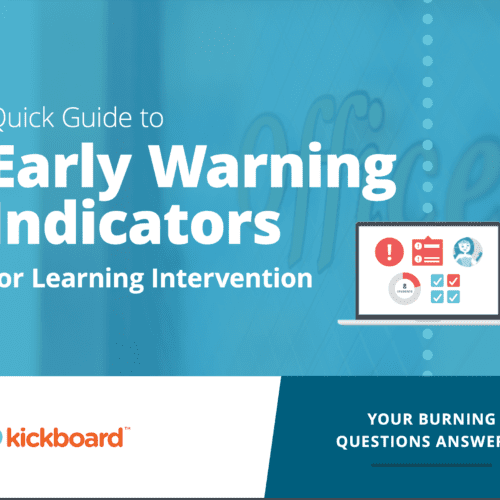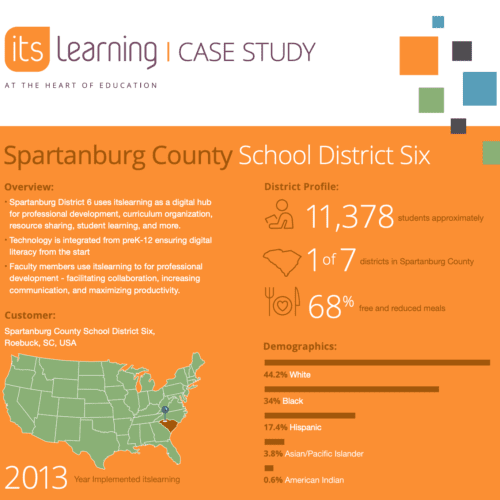
The reason I bring this up is to show that sensory details can enhance one’s understanding or experience, even years later as in my case. Including these types of details can help your message have a greater impact on your targeted audience.
Appeal to Sensory Learners
Educational research has established that different people rely on different senses to be their main conduit for absorbing information. That sensory learning comes in four types: visual (sight), auditory (hearing), tactile (touch) and kinesthetic (action).
- Kinesthetic learners often engage in physical activities such as sports, dance, etc. They’ll mostly use “hands-on” words such as touch or handle.
- Tactile learners like spare time projects that involve using their hands, e.g. painting, constructing, using tools, etc. They’ll often use the same words as kinesthetic learners.
- Auditory learners usually have great oral communication skills and easily learn foreign languages or musical pieces (whether playing or listening). They’ll most often use “hearing” words like listen or tune.
- Visual learners are interested in aesthetics and may mention that they see things in their mind’s eye. They often use “visual” words like picture or see.
So, if you’re pitching journalists, bloggers or business prospects, you may be able to give yourself an extra edge by determining their sensory style. Next, see if you can tailor your pitch to appeal to each recipient’s style. That is, figure out if a particular target would prefer an auditory clip vs. visuals or whether the offer of a hands-on experience would go over better.
Note: Not knowing someone’s sensory style won’t ruin your pitch, especially since the majority of people are inclined toward visual or auditory input, but since you’ll be researching targets for pitches anyway (reading their articles, posts, profiles, etc.), why not include this characteristic in order to make your information easier to absorb and as appealing as possible?
Heighten Storytelling with Sensory Details
In recent years, communication and PR experts have emphasized that storytelling is an important aspect of public relations. You can use words and phrases to induce an emotional or instinctive response in readers by including one or more of the five senses. Such sensory details are a common storytelling technique because they awaken memories and emotions, dictate the mood or tone of a piece, or add an element of drama through “word pictures” that pull readers into your story or message.
For example, storytellers say that evoking a tactile sensation brings a sense of intimacy and immediacy. If you write The sun blazed above and waves of heat rose from the pavement, but the protesters did not stop, it gives a strong impression of the oppressive conditions and the protesters’ determination.
Additionally, the sense of smell has a visceral influence (smells are the only sensory data that travel directly to our brains). Take this sentence: The first thing we were aware of as we walked through the door was the aroma of freshly baked bread wafting toward us. It evokes a feeling of comfort and a sense of a hospitable place.
Sound is one of the senses more commonly is described in writing. You can either describe a sound such as the noise of traffic or use onomatopoeic words (words that sound like their meaning) such as splat. An example is Andrew had gone diving for many summers, but this time when he jumped off the cliff ledge into the water below, he heard an ominous crack.
Since sight is the most common sense employed in descriptions, I’ll omit an example here. I’ll just note that colors or small, specific details can be used to emphasize a point. So, a description of an old wood stove that is barely working will increase the pathos of a feature article about low-income families, particularly at wintertime.
Taste is probably the least commonly used sensory detail in nonfiction (unless you work in the dining industry). Focusing on the other senses will usually suffice.
Engaging a combination of senses generally helps to maintain interest and increase information retention because you’re using more than one “channel” to convey information. You can probably use sensory images once or twice in feature press releases, articles, essays, reviews, blog posts and similar pieces. But don’t try to wedge them in if you can’t find a good fit.







